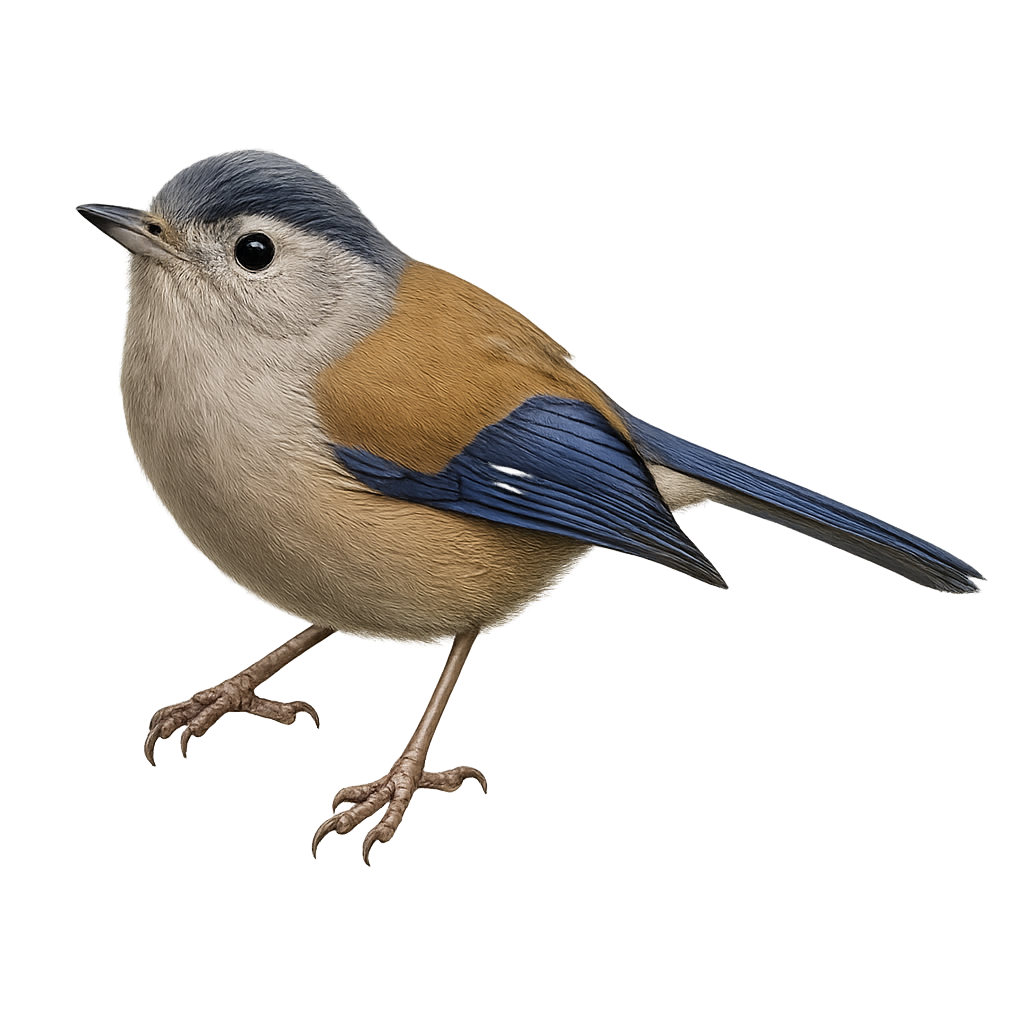Your wildlife photography guide.
Explore the blue-winged minla in detail, study its behavior, prepare your shots.
Where to observe and photograph the blue-winged minla in the wild
Learn where and when to spot the blue-winged minla in the wild, how to identify the species based on distinctive features, and what natural environments it inhabits. The WildlifePhotographer app offers tailored photography tips that reflect the blue-winged minla’s behavior, helping you capture better wildlife images. Explore the full species profile for key information including description, habitat, active periods, and approach techniques.
Blue-winged Minla
Scientific name: Actinodura cyanouroptera

IUCN Status: Least Concern
Family: LEIOTHRICHIDAE
Group: Birds
Sensitivity to human approach: Suspicious
Minimum approach distance: 5 m
Courtship display: April to June
Incubation: 13-15 jours
Hatchings: April to July
Habitat:
Humid forests, wooded areas, canopies
Activity period :
Primarily active during the day, with peak activity in the morning and late afternoon.
Identification and description:
The Blue-winged Minla is a small, colorful bird belonging to the Leiothrichidae family. It is primarily found in the humid forests and wooded areas of Southeast Asia, including India, Myanmar, Thailand, and Vietnam. This bird is recognizable by its bright blue plumage on the wings and tail, contrasting with a grayish body. It mainly feeds on insects and small fruits, which it finds by foraging in dense foliage. The Blue-winged Minla is often observed in small groups, actively moving through the canopy in search of food. Although it is relatively not very shy, it can be difficult to spot due to its dense habitat and small size.
Recommended lens:
400 mm – adjust based on distance, desired framing (portrait or habitat), and approach conditions.
Photography tips:
To photograph the Blue-winged Minla, it is advisable to use a 400mm or longer telephoto lens to capture detailed images without disturbing the bird. Look for areas where natural light filters through the foliage, creating interesting contrasts on the bright blue plumage. Be patient and discreet, as although this bird is not very shy, it can easily blend into its environment. Opt for mornings or late afternoons to benefit from soft light and avoid harsh shadows.
The WildlifePhotographer App is coming soon!
Be the first to explore the best nature spots, track rutting seasons, log your observations, and observe more wildlife.
Already 1 431 wildlife lovers subscribed worldwide

